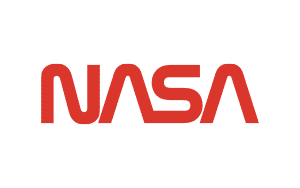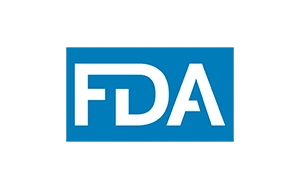Risk Assessment
Chemical Safety’s risk management software assists EHS professionals to identify, prioritize, implement, and monitor risk- related activities to minimize and prevent risks.
Platforms:

EH&S Software Customers
Many of the world’s leading organizations rely on Chemical Safety’s EMS software to help manage their EHS operations. Our customers are both large and small organizations, and they come from a wide variety of industries.
Risk Assessment Plan Features:
Risk Management is identified as one of the most critical components in achieving EHS goals. Chemical Safety’s EMS Risk Assessment module (RA) assists EHS professionals to identify, prioritize, implement and monitor risk-related activities to minimize and finally prevent risk. EMS through the Risk Assessment module allows users to focus and implement proactive rather than reactive strategies that aim to continuous risk reduction. The RA Plan module utilizes data from multiple EMS modules such as Audit and Inspections, Incident/ Accident, Inventory, and more, and creates a comprehensive solution for Risk Assessment.
To identify risks based on chemicals, Audits, and Incidents and finally prioritize based on the Location that occurred.
Limits creations
Establish Chemical Limits based on hazard class, classification, regulations, and Fire Code Standards.
Custom audits
Create Custom Audits and perform audit and inspection actions via the EMS. Audit App.
Audit assignment
Assign Audits to employees.
Incident recording
Record Incidents and accidents in the workplace.
Risk values
Assign Risk Values based on Organizational Structure.
Prioritization
Prioritize actions based on employee exposure and inventory storage assessment.
Product Description
Detecting potential hazards, evaluating the corresponding Risks, and determining proactive actions to prevent incidents, are critical to safeguarding employee and workplace health and safety, protecting the environment, and ensuring business continuity.
Assigning metrics to measure Risk is a very challenging process, but essential to ensure that all stakeholders understand Risk in a similar way and enable teams to coordinate actions. The differences in the operating processes, the inherent dangers in handling hazardous substances, and the personnel exposure to the working environment in the various industries, prohibit implementing a meaningful “one solution fits all” Risk Assessment approach.
Chemical Safety’s EMS support businesses in utilizing actual operational data captured in the EMS to tailor-make and configure business-specific Risk Assessment Frameworks to define KPIs visible to all stakeholders. These KPIs result from assigning the critical weights the business defines for certain key factors EMS maintain records for, such as:
- Monitoring Chemical Compatibility in storing and using chemicals and identifying the potential risks when incompatible chemicals are handled in various locations result in increasing handling risks. Chemical Safety offers expert services in sourcing SDS records from manufacturers and indexing the critical data fields, allowing the EMS to perform data-based chemical compatibility risk analysis and create accurate reporting.
- Maintaining storage Quantity Limits of chemicals and hazardous substances in various locations to meet business-specific and/or safety regulation requirements (e.g., IFC limits)
- Identify, track and classify dangerous substances in dangerous Regulated Chemical Lists (i.e., carcinogenic, mutagenic, reprotoxic, etc.)
- Structure and manage business-wide processes to perform Audits and Inspections when checking for required compliance obligations and defining corrective actions
- Report employee accidents and property damage cases and assess risks as a result of maintaining structured and detailed Incident and Accident records
Chemical Safety works closely with end users to configure EMS, implement risk assessment scenarios, and present the resulting KPIs in visual dashboards available to the various teams to support decision-making.
Achieve Environmental Compliance Objectives in Less Time


















